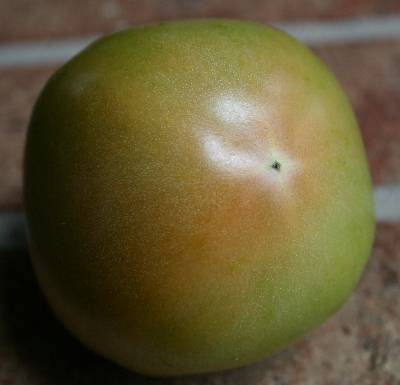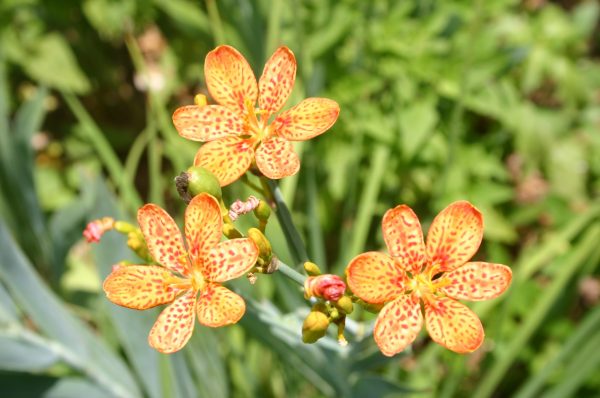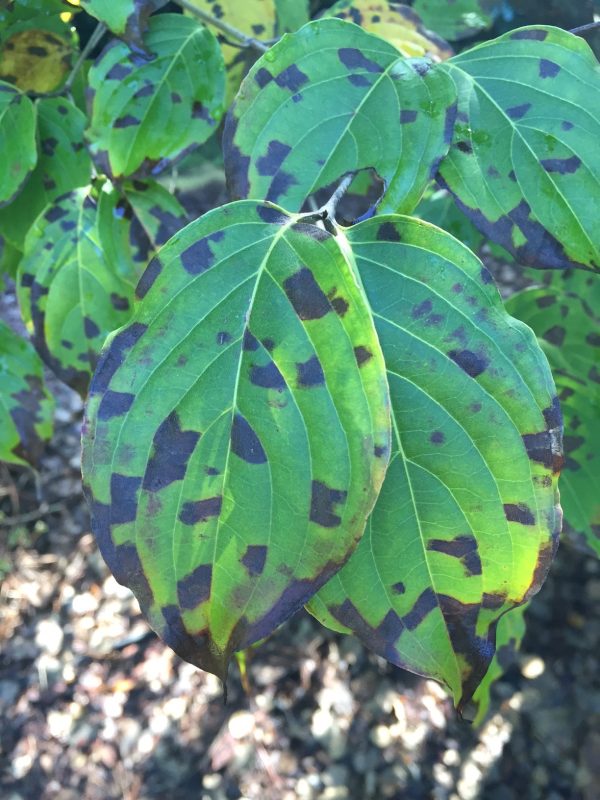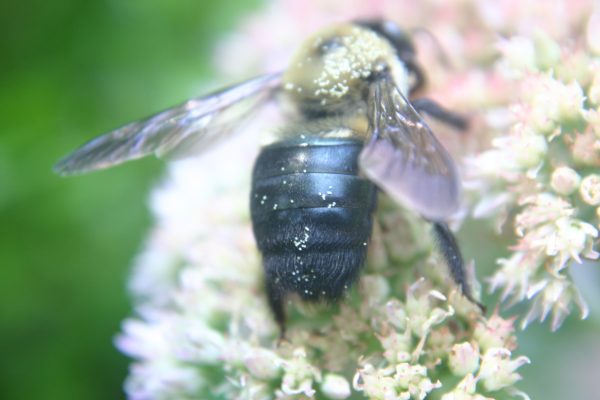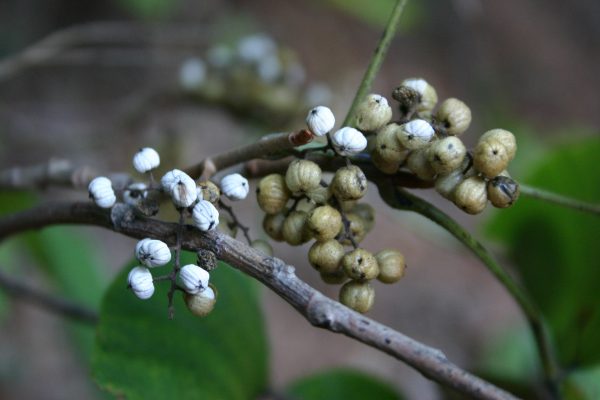Rescued tomatoes – Ripening

Q: Now that I have rescued my large green tomatoes from the coming frost, what now? How do I ensure that they will continue to ripen?
A: If a tomato has just a bit of pink showing on the blossom end, it is capable of ripening fully.
If you have a lot of “pinkies”, wrap some in newspaper and store in a cool place. Put a few of the pinkest ones on the kitchen windowsill to finish ripening.
If the tomato has no hint of pink, cut it into quarter-inch slices, dredge each one in seasoned corn meal and fry in bacon drippings for a true Southern treat.
Alternatively, you could have rescued them like my mother does. She pulls the vines and hangs them, fruit and all, on coathangers arranged before the windows in her garage. She has tomatoes until December!
Tomatoes ripen in stages. Commercial growers pick them when there is no color showing and artificially ripen the fruit with ethylene gas.
When a tomato reaches a full size and the fruit becomes a pale green, it begins the ripening process which is regulated by an internal gas produced within the fruit called ethylene. Soon the tomato reaches a stage when it starts showing pink on the blossom end (called the ‘breaker stage’). At this stage the tomato can be harvested and ripened off the vine with no loss of flavor, quality or nutrition.
Red pigments in tomatoes don’t form above 95°F so tomatoes ripened in extreme heat will have a orange-red color. Tomatoes held at cooler temperatures will ripen slower. You can speed up or slow down the ripening process by raising the temperature (to an optimum of 85°F) or lowering the temperature (to a minimum of 50°F). Tomatoes develop their optimum flavor, nutrition, and color when the tomato is in the full red ripe stage but this doesn’t have to occur on the plant!
